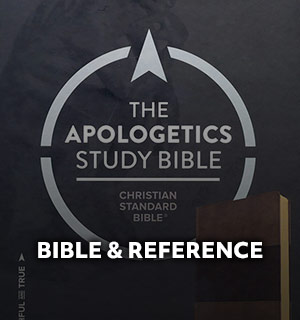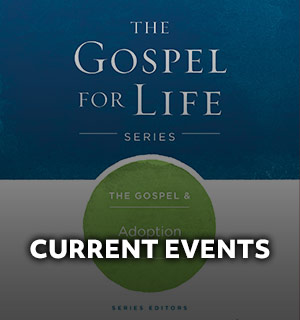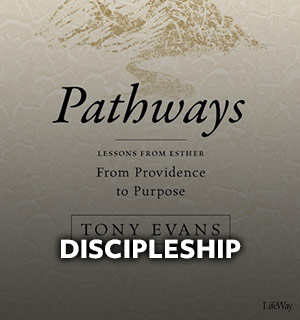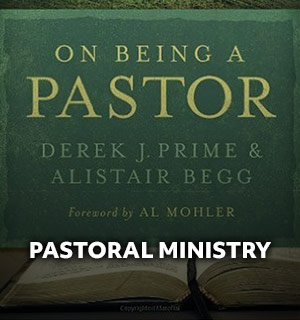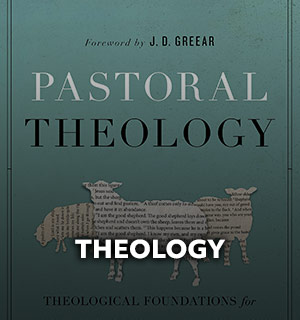
By Aaron Earls
As state and local restrictions begin to lift, the Center for Disease Control and Prevention (CDC) has issued guidelines for churches gathering physically again.
In the “Interim Guidance for Communities of Faith,” the CDC noted the guidance is intended to respect the First Amendment guarantees of freedom of religion.
The document also made clear “no faith community should be asked to adopt any mitigation strategies that are more stringent than the mitigation strategies asked of similarly situated entities or activities.”
The recommendations fall under three main categories: preparation, gathering, and monitoring.
Here are some key takeaways, but pastors and church leaders should read the entire guidelines to best prepare their congregation.
Preparing to gather
- Stay in contact with local authorities to best understand the situation in your area and when it would be safe to open.
- Work to limit the spread by protecting staff and congregants and offering other options like continued livestreaming for high risk individuals.
- Communicate health and safety guidelines to any outside organization or internal groups that will be using your space.
Safety while gathering
- Promote healthy hygiene practices by encouraging proper hand washing and the safest way to cover a cough or sneeze, as well as having adequate soap, hand sanitizer, tissues, and no-touch trash cans.
- Practice social distancing by limiting the number of people in the building in accordance with local authorities and using physical guides to ensure people remain at least six feet apart.
- Take proper steps to ensure water fountains are safe to use after an extended facility shutdown.
- Recommend cloth face coverings for staff and attendees, which are most helpful when social distancing is difficult. They are meant to protect others in case the wearer is unknowingly infected.
- Clean and disinfect frequently touched surfaces at least daily and shared objects in between uses. Develop a schedule of increased routine cleaning and disinfection.
- If possible, limit the sharing of frequently touched objects such as hymnals, pew Bibles, and bulletins.
- If possible, change the way you collect offering or practice communion to limit shared physical contact and multiple people touching the same surface.
- Consider limiting practices of physical contact like times in the service for people to shake hands or hug.
- If you plan to provide childcare or hold summer day camps, refer to the CDC guidelines for those.
- Train pastors, staff, and volunteers on how to model the proper behaviors for other congregants.
- Communicate with congregants about actions being taken to protect their health.
Continued monitoring
- Designate a staff person or volunteer to be responsible for responding to COVID-19 concerns.
- Encourage staff or congregants who are sick or who have had close contact with someone who had COVID-19 symptoms to stay at home.
- Identify an area to safely separate someone who displays symptoms during services and establish procedures for taking a sick congregant home or to a healthcare facility.
- Close off areas used by the sick person and do not use again until after it has been cleaned and disinfected.
- In the event a person diagnosed with COVID-19 is determined to have been in the building and poses a risk to those gathered, the CDC strongly suggests dismissing attendees and cleaning and disinfecting the building before resuming activities.
- Notify local health officials is a person diagnosed with COVID-19 has been in the building and communicate with staff and congregants about potential exposure.
- Advise those who were potentially exposed to stay home and self-monitor for symptoms.
For more information, please read the CDC’s “Interim Guidance for Communities of Faith.”
AARON EARLS (@WardrobeDoor) is online editor of Facts & Trends.



